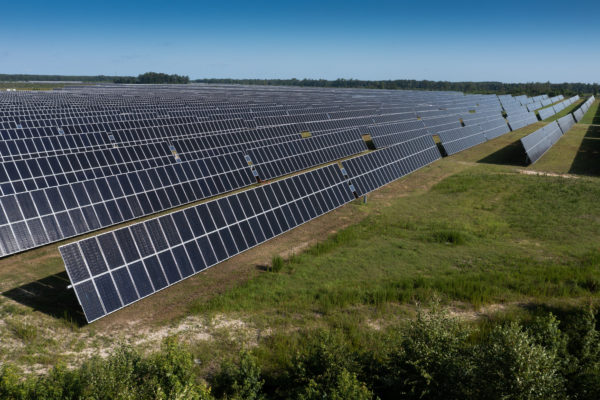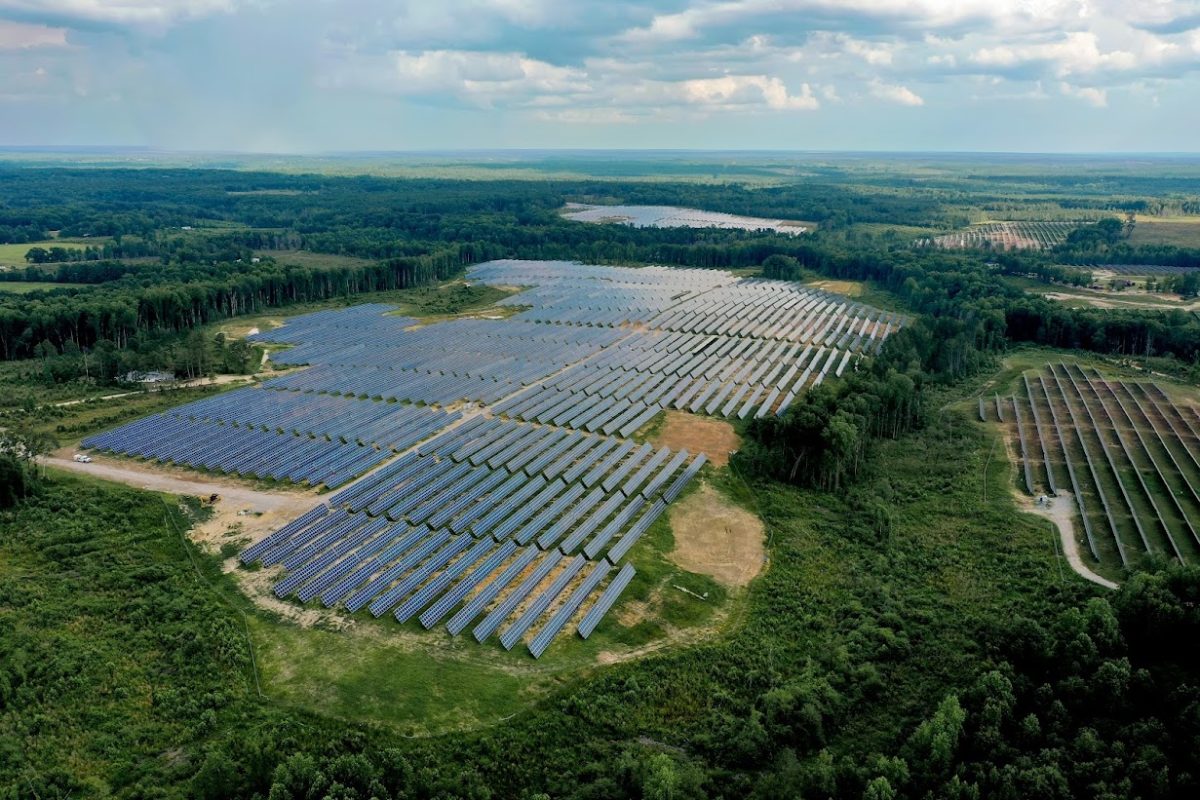FTC Solar has unveiled a two-in-portrait tracker designed for larger, high-power modules. The company claims the tracker can withstand winds up to 120 mph.
The Voyager+ tracker is designed for modules 550 watts and higher, uses nearly 50% fewer foundation piles than comparable alternative systems, according to the company. It also enables a roughly 2% higher energy density than its 1P competitors.
In developing the tracker, FTC Solar collaborated with RWDI and Engineered Power Solutions (EPS) on data analysis and wind tunnel testing to independently validate the product’s structural stability. Through this testing and design modification, FTC said it created a tracker that can withstand winds equivalent to a category 3 hurricane, but also operates well in low wind speeds, an environment that has long been a hurdle for trackers.
Typically, high wind speeds come as part of a major storm in which case the solar system’s mitigation strategy would be utilized. Part of such strategies includes adjusting trackers to stow modules at an angle that is less susceptible to wind stress than the standard production angle.

Image: FTC Solar
You can’t, however, pack up an entire installation every time the wind picks up, and 2P trackers have historically struggled to mitigate things like vortex shedding and torsional galloping that occur at lower wind speeds. The greater surface area of the orientation and increasingly-larger modules make wind effects even more pronounced.
As the solar industry moves toward large-format modules of 600 watts or higher, traditional one module-in-portrait tracking systems have difficulty supporting these new sails, said Nagendra Cherukupalli, CTO of FTC Solar. “Because the static and dynamic wind loads are much greater on the structures, there is an ongoing need for improved tracking designs,” he said.
From FTC’s wind testing, the company developed a dampener design, similar to a shock absorber. The design delivers a dampening ratio three times higher than traditional systems.
Currently, FTC has an installed and under-contract Voyager+ capacity of more than 1GW.
To get a more detailed look at the innovation employed in the new Voyager+ tracker, as well as to learn more about the module safety concerns associated with the effects of low wind, tune in on Wednesday, September 15, at 11 AM EDT/8 AM PDT when FTC Solar joins pv magazine for a webinar; “Extreme damping – A new wind mitigation strategy for trackers.”
This content is protected by copyright and may not be reused. If you want to cooperate with us and would like to reuse some of our content, please contact: editors@pv-magazine.com.









By submitting this form you agree to pv magazine using your data for the purposes of publishing your comment.
Your personal data will only be disclosed or otherwise transmitted to third parties for the purposes of spam filtering or if this is necessary for technical maintenance of the website. Any other transfer to third parties will not take place unless this is justified on the basis of applicable data protection regulations or if pv magazine is legally obliged to do so.
You may revoke this consent at any time with effect for the future, in which case your personal data will be deleted immediately. Otherwise, your data will be deleted if pv magazine has processed your request or the purpose of data storage is fulfilled.
Further information on data privacy can be found in our Data Protection Policy.